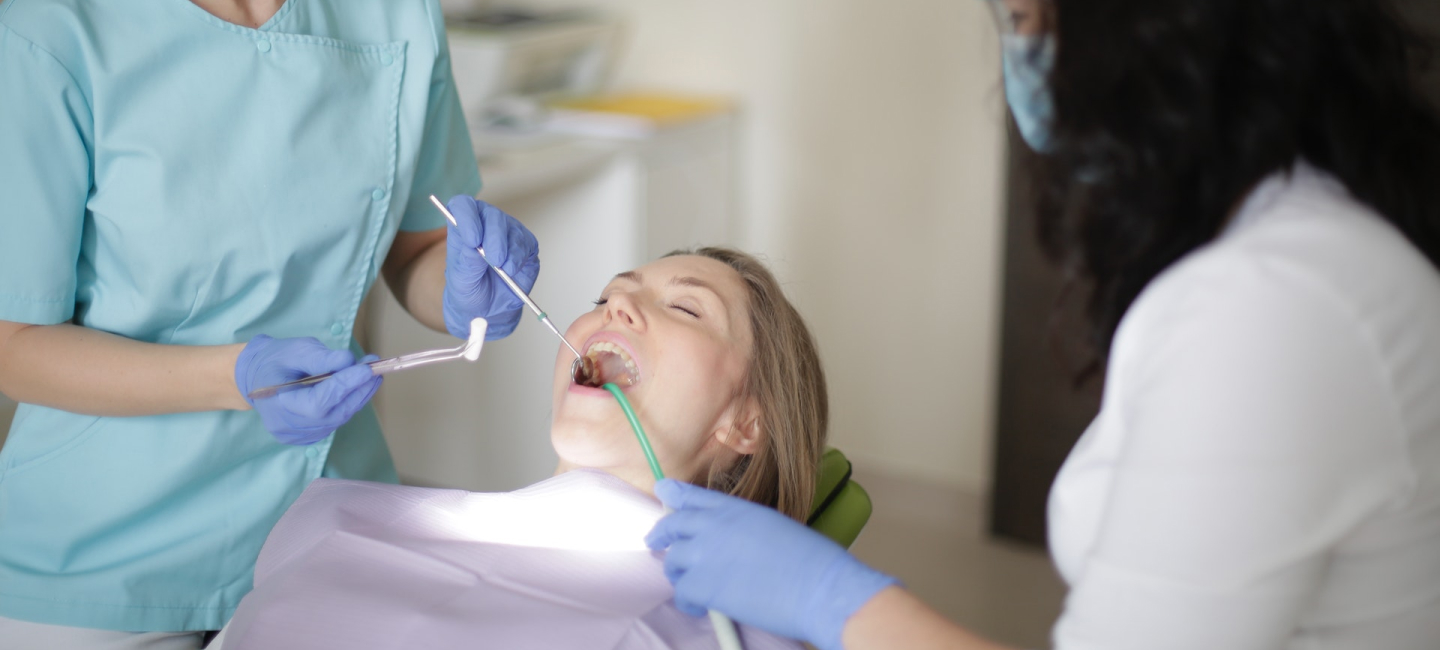 Let’s just say right from the start that dentistry has come a long way! Substantial scientific advancements have been made in the field, many of which have been somewhat underpublicized and overlooked. Treating problems with the teeth goes back to 7000 BC, a Bronze age civilization in the area of current Pakistan. They actually used woodworking tools, drill type tools, to work on decayed teeth.
Let’s just say right from the start that dentistry has come a long way! Substantial scientific advancements have been made in the field, many of which have been somewhat underpublicized and overlooked. Treating problems with the teeth goes back to 7000 BC, a Bronze age civilization in the area of current Pakistan. They actually used woodworking tools, drill type tools, to work on decayed teeth.
For a long time, from 5000 BC through the 1700’s, there was an accepted belief that tiny tooth worms got in your mouth and bored holes in your teeth, causing the “cavities”. Many cultures including the Japanese, Egyptian, and the Chinese believed in these worms but alas, they were just a myth. It was in ancient Greece that they began extracting teeth when there was tooth pain, and this lead to pulling teeth for treatment of other illnesses as well. This went on into the Middle Ages.
So who do you suppose performed these teeth extractions way back then? Not the medical community. No, the barbers of their day were the teeth-pullers! They used a tool called a “Dental Key” to extract teeth, the precursor to modern day forceps.
Somewhere between the mid 1600’s and start of the 1800’s, actual dentistry as we recognize it got its start. A French physician named Pierre Fauchard is credited with founding dentistry, and he practiced in the 17th century. It is he who came up with dental fillings, and he is credited with many procedures still in use today. Amazingly, he recognized that sugar contributed to decay, and was the first to educate others about this. In 1723, he published “The Surgeon Dentist, a Treatise on Teeth” that actually described a system for caring for and treating teeth. And so he became recognized over time as the father of modern dentistry.
Another doctor, Dr. John Harris, later contributed significantly to furthering the industry. He opened the world’s first dental school, which was located in Bainbridge, Ohio. He promoted dentistry as a true health profession and his school opened in 1828. It’s now a museum. In 1840, the first dental college opened in the U.S. This was the Baltimore College of Dental Surgery, in Baltimore Maryland. The government began to observe and oversee what was being taught at the college, and this lead to regulation of the practice of dentistry, which then eventually lead to the formation of the American Dental Association.
The dentists of this time period can’t take credit for the development of toothpaste, however. Ancient civilizations would crush up dried fruit, shells of nuts, dried flowers, and talc. They sometimes used various parts of animals bodies as well, and rubbed these odd mixtures on their teeth. Not exactly minty fresh!
We’ll share the history of toothpastes, mouthwashes and dental instruments in an upcoming article.

